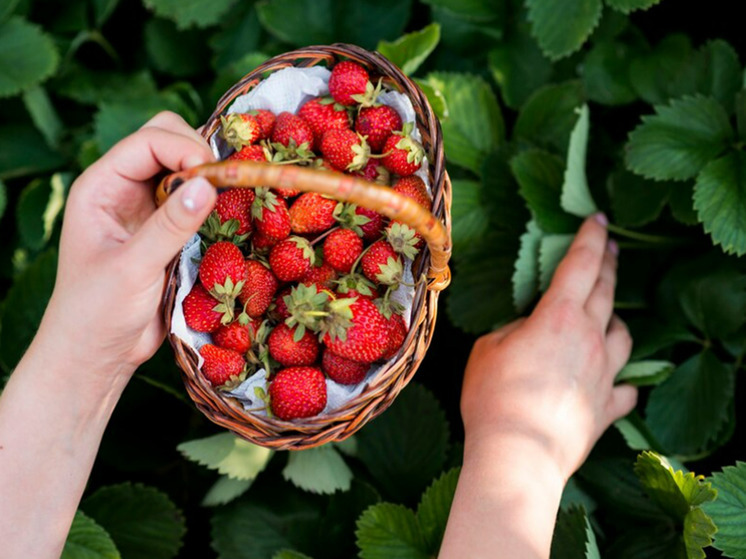However, the technology has its drawbacks
Strawberries are associated with summer, but in order for the berries to reach store shelves, farmers have to guess when is the best time to start picking the fragrant fruit. The fact is that strawberries need to be picked at the right time and delivered to the buyer as quickly as possible. New Norwegian technologies will allow you to find out the exact time of “readiness” of delicious and sweet strawberries.

While apples and bananas continue to ripen after harvest, strawberries quickly spoil after they are picked. Now Norwegian researchers from the Sintef and Nofima research centers have developed a sensor that “sees” berries, fruits or vegetables at a distance and determines the chemical composition, including the degree of sweetness of strawberries.
“The technology provides a lot of information, but most importantly, it shows how sweet the berries are. They must be such that Norwegian buyers consider them to be of high quality,” — explains researcher Anders H. Hansen.
In the summer of 2024, researchers will go “in the field and test the interaction between the sensor and strawberries.”
The need to introduce new technology arose due to The fact that in recent years more and more farmers have switched to growing fruits in plastic containers, the plants are at chest height, and not in open ground.
“The sensor provides a clear view of the berries, and the berries hang freely in the plastic tunnels. Although the robot can work in a strawberry field, the sensor itself will not work when the plants are at ground level and the berries are hidden behind the leaves,” — Hansen explains the intricacies.
The technological solution is based on so-called near-infrared spectroscopy, which is a recognized method for food analysis. This usually requires the device to be in contact with the surface of the product.
A unique feature of the method developed by Sintef and Norfima is that the spectrometer can operate in the field without contact with the product. The spectrometer analyzes how near-infrared light changes as it passes through the fruit. This gives an idea of the chemical composition. Data can be transmitted wirelessly to the strawberry grower.
Researcher Jens Petter Wald believes the technology can compete with professional strawberry farmers: “A good farmer will pick all the berries that are red and beautiful. But they don't have to be sweet, even if they grow on the same plant. Work is underway to create robots that can pick berries. Our sensor can then make sure that only the berries it likes are selected.
The technology provides an overview of crop health so a grower can plan when to water, fertilize and harvest, Wald says. This ensures proper quality, optimal utilization and reduces waste.
Even though most Norwegian strawberry production is still done outdoors, Wald believes there is a large market opportunity for the prototype.
«There are many large manufacturers abroad for whom this technology should be relevant. The sensor is also well suited for quality control of cherry tomatoes. Grape production — this is a large industry that could benefit from our sensor,” — concludes Jens Petter Wold.


